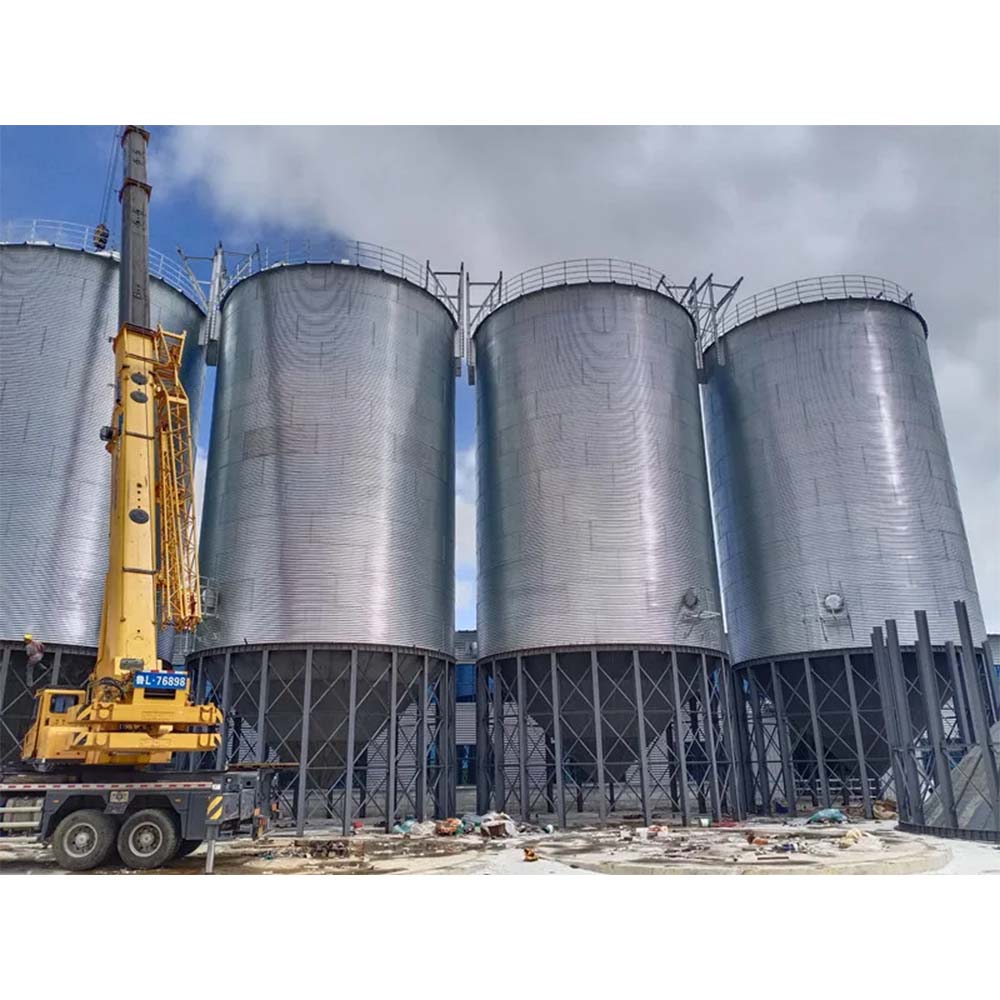vacuum blister packaging machine
Oct . 05, 2024 01:23 Back to list
vacuum blister packaging machine
Understanding Vacuum Blister Packaging Machines A Comprehensive Overview
Vacuum blister packaging has become an essential process in various industries, including pharmaceuticals, food, and consumer goods. At the core of this process lies the vacuum blister packaging machine, designed to enhance product protection, extend shelf life, and ensure consumer safety. These machines offer a sophisticated solution for packaging, combining efficiency with advanced technology to meet the growing demands of modern manufacturing.
What is Vacuum Blister Packaging?
Vacuum blister packaging involves sealing products between two layers of plastic—the blister and the backing. The blister is typically made from a clear, durable material like PVC or PET, while the backing can be cardboard or another type of plastic. The sealing process is carried out under vacuum conditions, which eliminate air from the packaging to keep the products safe from moisture, oxygen, and other environmental factors.
This type of packaging is particularly popular for items that require protection from external elements, such as medicines, fragile electronics, and perishable food products. The vacuum process enhances the visual appeal of the product while ensuring durability and extending shelf life.
The Functionality of Vacuum Blister Packaging Machines
Vacuum blister packaging machines are engineered to automate the blister packaging process. These machines typically include a series of components that work together to form, fill, seal, and cut the blisters. The primary functions include
1. Forming The process begins with shaping the plastic film into blisters using a forming station. The film is heated and then vacuum-formed into a mold, creating pockets that will hold the product.
2. Filling Once the blisters are formed, the products are loaded into the pockets. This stage can be manual or automated, depending on the machine’s design and the production volume required.
3. Sealing After filling, the blisters are sealed with a backing material. This is achieved by applying heat and pressure to ensure that the seal is airtight and tamper-proof.
4. Cutting The final step involves cutting the sealed blisters from the roll or sheet of plastic film, resulting in individual packages ready for distribution.
vacuum blister packaging machine

Advantages of Using Vacuum Blister Packaging Machines
Investing in a vacuum blister packaging machine offers several advantages
- Enhanced Protection The vacuum environment significantly reduces the chances of products being exposed to contaminants like moisture and oxygen, which can degrade quality and lead to spoilage.
- Extended Shelf Life By preventing air from entering the packaging, vacuum blister packaging increases the shelf life of products, making it ideal for perishables such as food items.
- Cost-Effective Over time, these machines reduce labor costs and material waste, leading to a more cost-effective packaging solution.
- Versatility Vacuum blister packaging machines can handle various products, from small pills to larger consumer items, adapting to the needs of different industries.
- Improved Marketing The clear blister design not only provides protection but also allows consumers to view the product before purchase, enhancing marketing potential and attracting customers.
Challenges and Considerations
While vacuum blister packaging machines offer numerous benefits, there are considerations to keep in mind. The initial investment can be high, and proper maintenance is crucial to ensure optimal performance. Additionally, the choice of materials for both the blister and backing can affect the packaging's effectiveness, requiring careful selection based on the product being packaged.
Conclusion
In conclusion, vacuum blister packaging machines play a vital role in modern packaging solutions across multiple industries. With their ability to enhance product protection, improve shelf life, and adapt to various packaging needs, they represent a critical investment for manufacturers aiming to ensure product safety and consumer satisfaction. As technology continues to advance, these machines are expected to evolve further, offering even greater efficiency and capabilities in the packaging domain. For businesses looking to optimize their packaging processes, embracing vacuum blister packaging technology is a smart move that promises numerous advantages.
-
Hot Sale 24 & 18 Door Rabbit Cages - Premium Breeding Solutions
NewsJul.25,2025
-
Automatic Feeding Line System Pan Feeder Nipple Drinker - Anping County Yize Metal Products Co., Ltd.
NewsJul.21,2025
-
Automatic Feeding Line System Pan Feeder Nipple Drinker - Anping County Yize Metal Products Co., Ltd.
NewsJul.21,2025
-
Automatic Feeding Line System - Anping Yize | Precision & Nipple
NewsJul.21,2025
-
Automatic Feeding Line System - Anping Yize | Precision & Nipple
NewsJul.21,2025
-
Automatic Feeding Line System-Anping County Yize Metal Products Co., Ltd.|Efficient Feed Distribution&Customized Animal Farming Solutions
NewsJul.21,2025






